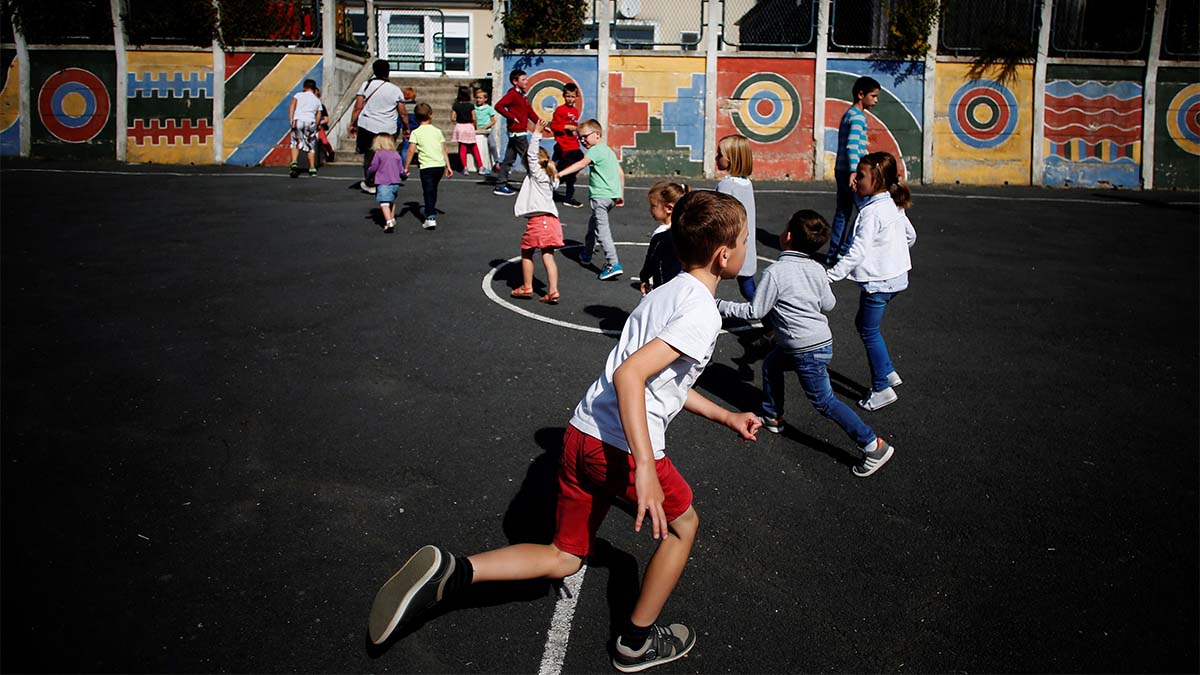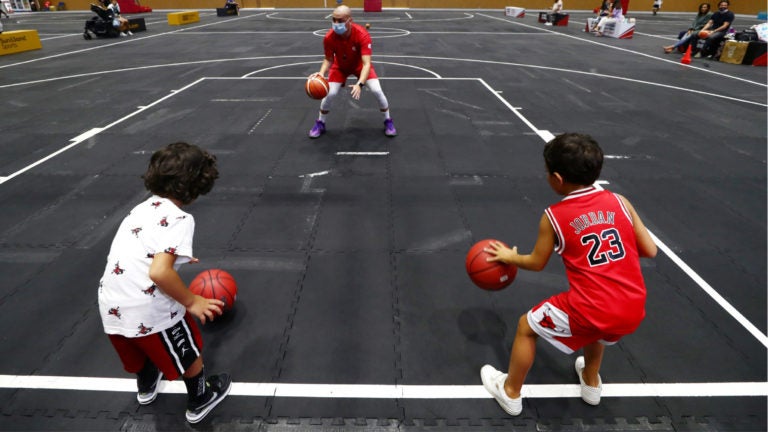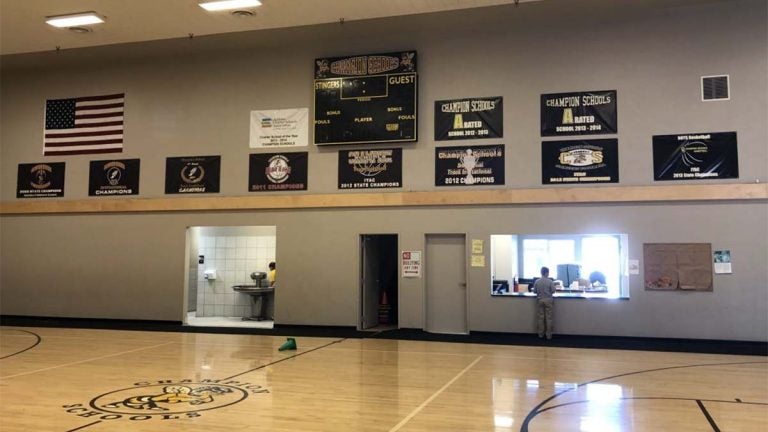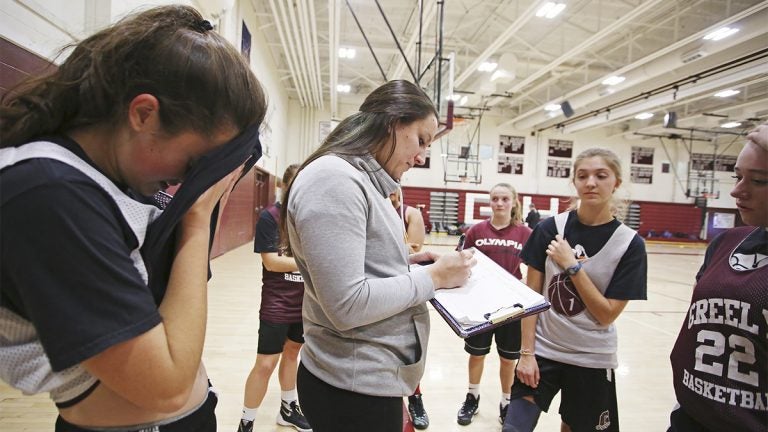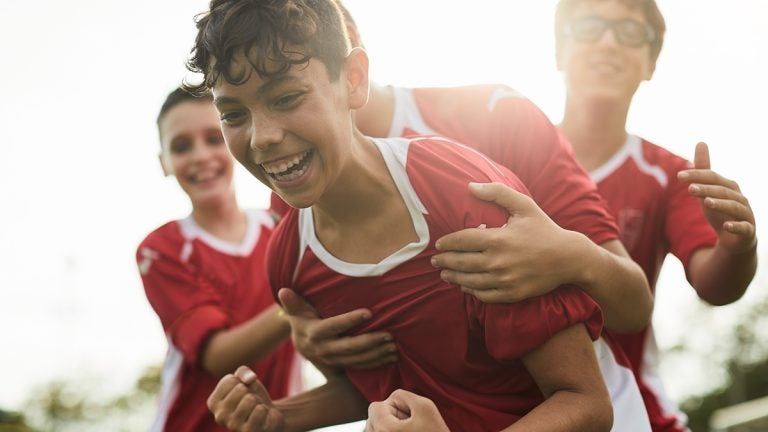Gym Class, Recess Can Be Critical Learning Components for Children
Why this matters
Research shows that allowing elementary school children to take a break with recess or physical education gives them more time to process information from the classroom, improving educational outcomes.
Physical activity and play as part of an early education program are directly related to a student’s overall health. While physical education through gym classes and recess have different activity structures, both have an equal impact on a student’s development in and out of the classroom.
“Neither is more or less effective,” said Allison Ross, a research professor at Arizona State University’s School of Community Resources and Development. “They are both critical.”
Mandatory physical education classes often come under criticism, not only from research, but also in pop culture. Representations in movies such as “Clueless,” where students are standing around, or the television show “Freaks and Geeks,” where students are shown repetitively being chosen last for teams, are not entirely fictitious. This does not mean gym class should be eliminated, but, according to research, the structure needs to be reworked.
When the No Child Left Behind Act went into effect in the U.S., schools began to cut recess or required PE periods in order to allow time for longer classes to meet higher standards for reading and math. Twenty percent of schools reported cutting recess time by an average of 50 minutes a week to allow longer class periods to better prepare students for standardized testing.
“(Children) tend to be less able to process information the longer they are held to a task,” said Dr. Robert Murray, a pediatrician and professor of human nutrition at Ohio State University. “It’s not enough to just switch from math to English. You actually have to take a break.”
“P.E. provides an opportunity for students to grow physically, socially, emotionally and intellectually by engaging in skills that promote motor development, coordination, fitness, and movement,” according to Ross.
Being involved in physical activity on a regular schedule will influence a child’s exercise and health habits into adulthood. Leading an active lifestyle from the start can reduce risk for depression, diabetes, sleep problems and other health issues.
Having a gym period as part of required curriculum for students contributes to the fight against childhood obesity. However, P.E. class serves as a time for those who may struggle with exercises to be bullied and ridiculed rather than learn healthy practices or activities. This leads to discouraged students who would rather skip the class period or remain on the sidelines instead of participating.
Repetitive activities contribute to low attendance or participation as well. Team activities encourage a stereotypical gym class setting, allowing those who are not as interested to fade into the shadows. Incorporating interests from outside activities or a rotation of options in a gym class can lead to a more successful class period.
“There is quite a bit of overlap between the two: PE involves play, and often recess is inspired by activities and skills learned during PE,” Ross said.
Recess is often a single block of time throughout the day in which students are allowed to participate in unstructured activity. A school schedule often pairs this time with snack time or lunch break, making a student choose.
“There are simple strategies that we can consider to enhance the amount of time students spend playing,” Ross said. “Separating recess and snack time so students have an opportunity to play and eat without sacrificing either, ensuring that recess is never withheld as punishment, and providing appealing places to play with shade and ample equipment.”
Common Core standards have cut into recess time, with schools such as the 23 elementary schools in Orange County, Florida, left to cut recess to a few minutes or eliminate it altogether. When asked about the playtime cuts, Diana Moore, president of the Orange County Classroom Teachers Association, told TODAY that "because so much of the money is tied to the schools' scores and their grades, everybody's pressured.''
The amount of time dedicated to recess per day is determined by the school districts, while instructional time is mandated by state law.

Recess not only provides a time for children to play freely, engaging in physical activity at their own comfort level, but also contributes to cognitive growth. A student was able to focus better in the classroom after a recess break, leading them to be more stimulated by and involved in the lesson. This is true even when a majority of the recess time is spent socializing rather than engaging in high levels of physical activity.
The free social interaction promotes this as well, especially in early education, helping students to develop positive social skills. The time, whether indoor or outdoor, promotes healthy emotional tendencies in a child as well. It allows students to have an outlet for stress or frustrations in the classroom, clearing their mind.
“Not only are recess and PE part of educating the whole child, but they are also particularly effective at promoting social and emotional health,” Ross said.
States such as Arizona, are beginning to implement physical education standards, restricting the use or the withholding of gym class or recess as punishment. As the understanding of the positive influences physical activity in any form has on children, schools are working to keep the structured and unstructured times a part of curriculum.
Ellie Simpson is a senior sports journalism student at Arizona State University
Editor’s note: For the coming 2019-2020 academic year, the Global Sport Institute’s research theme will be “Sport and the body.” The Institute will conduct and fund research and host events that will explore a myriad of topics related to the body, including the impact of recess and PE on elementary school children.

